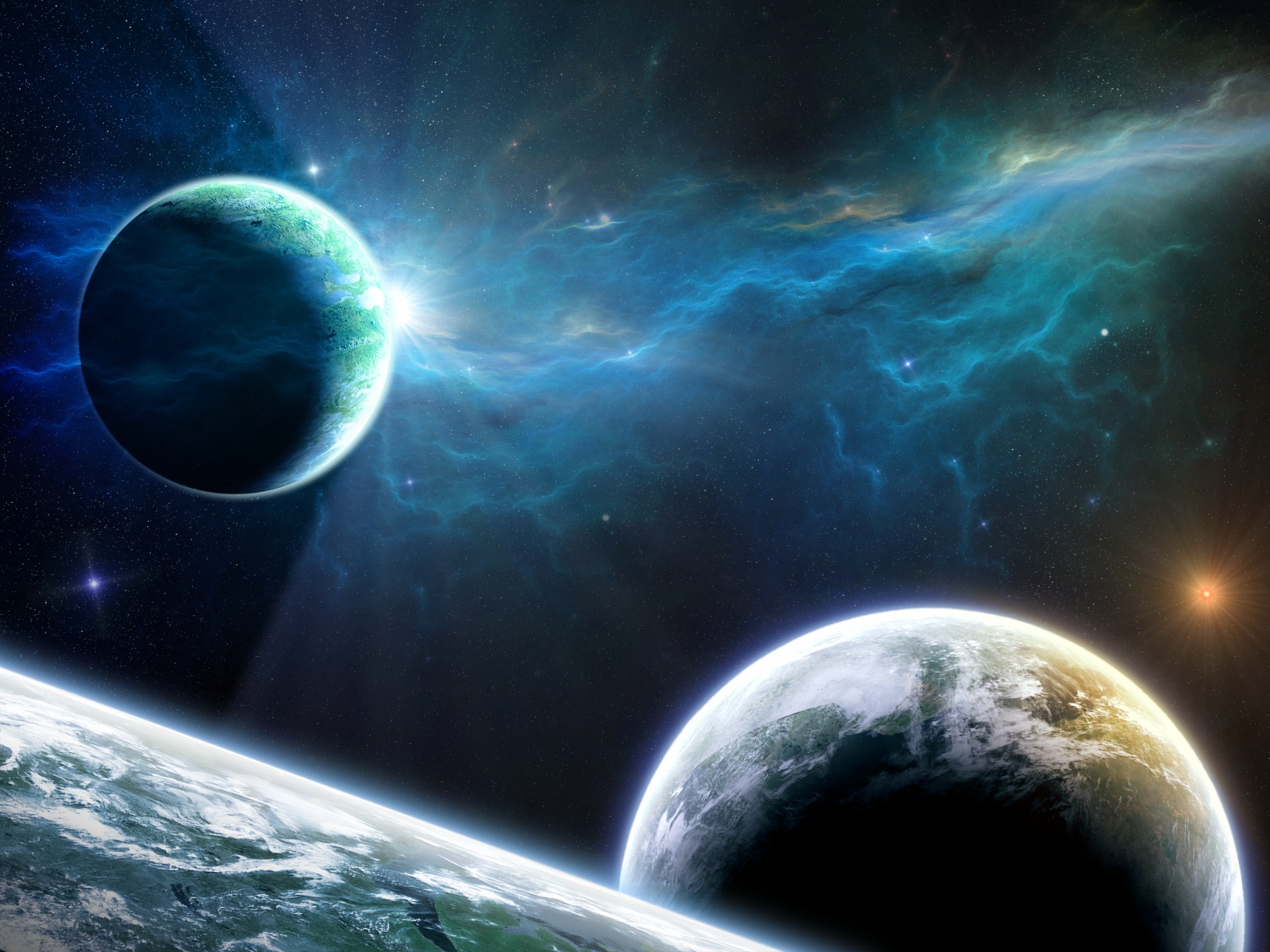Live in space is a human dream in fiction, but what happens if we could do it in reality? Nasa is studying a project to grow plants in space, and they are doing it with led technlogiy power by Osram too.
Technology is based on LED, this light permit to influence time, type and flavour of plants, you just need the right “LED recipe”.
Canale Energia ask to Steve Graves, Strategic Program Manager of Urban & Digital Farming at Osram Innovation (Americas Region) target and potential of this technology.
About climate challange: have you ever produce technologies for extreme climate use? What type of challange represent be in Space?
The project with NASA aims to investigate the growth behavior of plants on orbit, including in the International Space Station using artificial light. By manipulating the light, researchers can develop light recipes that can influence yield, efficiency, nutritional value and flavor. Phytofy from Osram is currently being used in special growth chambers located at Kennedy Space Center in Florida. LEDs generally offer advantages for this particular application, as they are robust, have favorable thermal properties and a long service life.
– What type of technological issue we need to improve agricolture in space?
Light is surely one important component to make the cultivation of plants possible in space. Without light, plants cannot grow. With the right light, the speed and intensity of plant growth can be influenced. Even the taste can be influenced by the supply of different light spectra. For example basil can be grown either sweet or hot. Specifically, confined or energy-limited environments require optimized form factors and energy-efficient electronics.
The tecnological request are given to you by Nasa and do you think that you could improve these issues with new innovative task?
The project with NASA’s Food Production Research team is utilizing Osram’s full-stack, connected horticulture lighting system. All aspects of the system, from software to the grow light fixtures, were developed by Osram’s Innovation group. Osram has developed a broad portfolio of horticulture LEDs that emit the specific wavelengths needed for optimum growth of a wide variety of plants and flowers, allowing the light to be adapted specifically for the needs of various crops. We have been working with a range of researchers, such as those at NASA and Michigan (USA) State University, to make our horticultural lighting system the best it can be, and we’re confident that we can meet the needs of all of our horticulture customers.
How many time Nasa give you to complete the task?
We worked with NASA for several months to fully identify their needs. The Phytofy RL installation was completed in January, and the relationship is ongoing.
How much energy need this light system? (more or less that on the Earth?)
As said before, the plant growth project is simulated in the Kennedy Space Center, located in Florida, not in space. So there is no possibility to compare.
In the press realise you talk about orticulture, is it possibile to arrive also to fruits trees?
Like salad plants, fruiting crops also need light to grow. The lighting system could therefore also prove itself in this area, especially in the basic research around photobiology.
Last questions: if space turism will become a new business could you be ready for the illumination infrastructures, are you thinking about this business?
Osram is always looking toward the future, and is developing new and innovative technologies for a variety of environments. While our space experience so far is working with NASA’s Food Production Research team on earth, we never want to rule out anything down the line. If Space Tourism takes off, that could create an entirely new market for a lot of industries, including a high-tech company like Osram.
Per ricevere quotidianamente i nostri aggiornamenti su energia e transizione ecologica, basta iscriversi alla nostra newsletter gratuita
e riproduzione totale o parziale in qualunque formato degli articoli presenti sul sito.




















